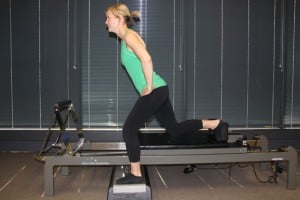 When do I know when I have good core stability? How is it measured?
When do I know when I have good core stability? How is it measured?
These are often question one ponders when they’ve been told that they have to work on their “Core” as part of an exercise or rehab regime. However, the answer is often not given nor assessed in any reasonable manner.
If one surveys the research, the overwhelming majority of tests refer the maintenance of neutral spine while moving your arms or legs. However this fails to appreciate that most functional movement incorporates some level of rotation of the spine.
So at Bend + Mend, while we assess control of the spine with limb movement initially, we prefer to classify someone as stable once they are making obvious progress. By obvious I mean recorded, repeatable and valid measures. Some of these include the widely utilised Neck Disability Index or Patient-Specific Functional Scale.
These measures allow us to be sure patients/clients are on the right track to recovery (or attaining their specified goals). So we tell them when they have reached a stable stage in the recovery process and this gives both the Physio and the patient confidence that we are progressing them on the right path. That is, going from MENDING to STABLE.
Note the differences below in the grade of exercises given in our two Extension Bias videos:
Mending:
Stable:





